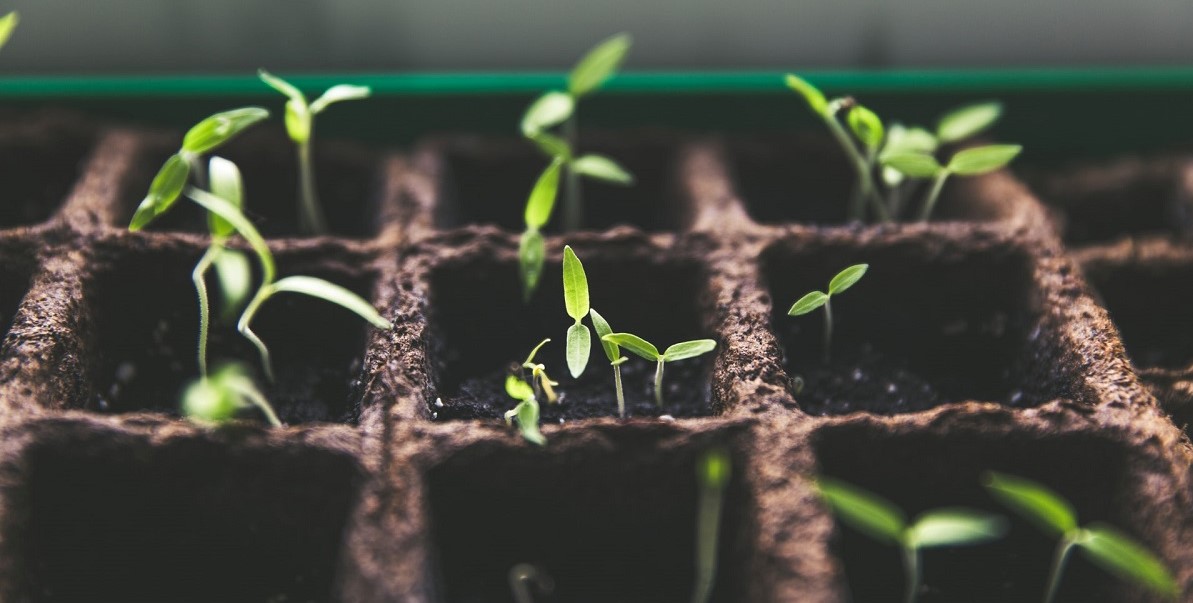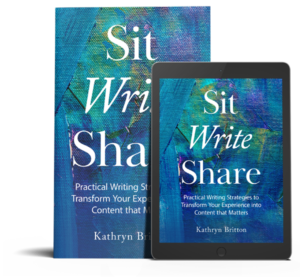Just a few minutes ago, members of a writers’ workshop strongly agreed that having a repeatable structure makes it easier to add new parts to a book. That stimulated me to use my own structure to create a new experiment out of the story in Write Whatever is On Your Mind.
Repeatable structures as described in Write Experiment 12 in Sit Write Share do not work for every book. When they do work, they make writing so much easier.
In this article, I’m going to walk you through the process I followed to create another experiment like the ones in Sit Write Share.
Reminder
All of my experiments have the same structure:
- Story: A demonstration of someone using the idea in a particular context
- Observations: Reflections on why this experiment works for some people. I don’t expect any particular experiment to work for everybody.
- Steps: A particular series of actions to carry out the experiment
- Moral: A one-liner to sum up the point of the experiment
Story:
To fill this section, I can use the three-paragraph essay in Write Whatever Is On Your Mind as a story seed. Along the way, I’ll give the person a name and describe concepts and story seeds that showed up in the essay. They won’t be what happened in the real situation because the full story does not belong to me to tell. But keeping the writer in mind, I can construct something similar that shows the way stories and concepts can be curled up in an initially formless draft.
Observations:
To fill in this section, I could write something like this:
In Sit Write Share, I didn’t directly talk about creativity, although creativity permeates all writing activities whether we recognize it or not. Creativity often comes from loosening the hold of the judgmental conscious mind so that ideas can bubble up from the unconscious mind where new connections and new ideas often originate. Picture the conscious mind inviting the unconscious mind to give it something to work with and then stepping aside. The bubbles don’t take any particular form, but once the conscious mind captures them, they can be analyzed and reshaped to create something intentional.
It might be good to review Write Experiment 4, which includes some actions to prime and encourage intuition.
This activity is similar to morning pages, one of the two pivotal practices in Julia Cameron’s book, The Artist’s Way, for recovering creativity. She recommends spending time daily writing just what comes to mind without judgment. My idea is like morning pages except that it is worth taking a look afterwards to see if any nuggets emerged. Most of the words may eventually be cut, but the ideas may be the jumping off point for future writing sessions.
Steps:
- For a particular writing session, decide on a particular amount of time and set a timer. 30 minutes? One hour? Alternatively you could decide on a particular quantity of writing. 1 page? 2 pages?
- Start writing without any preconceived ideas about where the writing will go.
- Write without deleting or editing. Just keep your fingers moving for the full time you set It doesn’t matter if you type your own name over and over. Just keep capturing the words that emerge in your mind.
- When time is up, read through what you’ve written. Then mark it up with highlighters. Choose one color for story seeds, another color for concepts. Both will likely be incomplete, even incoherent. But you recognize something in the words you’ve written. See Write Experiment 5 in Sit Write Share for more about story seeds.
- If story seeds or concepts emerged, pick one to work out intentionally in your next writing session.
- If nothing emerged, consider repeating these steps in your next session.
Moral: I came up with a one-liner that summed up the main point of the experiment: Open the door to let your unconscious wisdom come into consciousness.
Taking a Step Back
Notice what I’ve done here. I took a recent event in my life, observing two people get stuck and giving them the same advice. I captured it as a story seed, and then I thought about what I could do with it.
My writing over the past two years has been primarily building experiments that people can conduct to build writing skill and confidence. When thinking about what to do about my idea, I asked myself questions:
- Does the story address anything to do with the complicated subject of writing? Yes.
- Do I have a structure I can reuse to build it out? Yes, the four sections of my other experiments.
- Do I have an under-represented concept that I wanted to include in the Observations section? Yes, I hadn’t explicitly addressed creativity in my book.
- Could I make up steps that someone could follow to try this approach. Yes, I imagined what someone might need to do in order to put this approach into action.
Next thing you know, I had another experiment.

